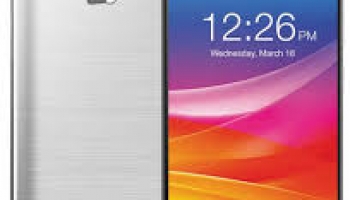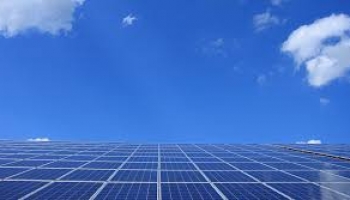You don’t have to buy electric cars to make this happen!
Shading windows from direct sunlight can help you use less energy. You could also try putting up blinds or blinds. You will save money and energy throughout the summer.
Be a better consumer of energy, and unplug electric chargers for all devices that don’t need immediate charging.Chargers used for cell phones, music players, computers and others use small amounts of power any time they are in an outlet, regardless of whether you are actually charging the device.
Consider solar water heaters to make your home.If you’re in an area that doesn’t have to worry about freezing temperatures, try installing a system that uses a solar heater. However, it’s best to keep a traditional heater for times when you need a lot of heated water, or if the sun does not come out for some time.
Find out what energy sources that are available in your local community. Check to see how much it would cost to run your home with these other utilities, taking into consideration any recent legislation regarding energy costs. You might be able to save money by switching to one or natural gas heat.
Only run your dishwasher when it is full will save you money and energy. Don’t run it with only two or three dishes there. You may be shocked to learn the number of items that can be loaded into a dishwasher.
Turn things off appliances if you are not in use. When you leave a room, switch off the lights, a television or your home theater. A power strip offers a handy way to shut down multiple devices at once, so consider placing one in a conspicuous place where many electronics are located.
Solar energy is a great way to get hot water. Consider investing in a solar water heater. There are direct circulation systems available that circulate the heat both directly and indirect ones. Indirect systems are the best if you have pipes during the winter.
Take the time out to properly maintain your refrigerator. Refrigerators take lots of energy to run, so making sure they’re in working order is always good to know. Make sure you clean the dust from around heating coils periodically. Make sure the door seals are clean and tight.
Use a tankless water heater instead of a tank style heater. Even though these green versions of water heaters still use electricity or gas, they use only the water you need instead of always keeping your whole tank heated. Tankless heaters can be acquired in models that could give the entire home or even just a single water faucet with water that is hot.
Pay attention to any federal or local rebates associated with renewable energy for making alternative-energy updates to your home. Local utility companies may even offer rebates for upgrades. You may also get tax deductions from the government for your upgrades. These credits and rebates reduce the price you will ultimately cut your costs of bringing green tech products at home.
If you are apprehensive about what green changes to make to your home, consult professionals in the plumbing or HVAC fields to assess your current system. They can tell you the amount of money you will save, and they can give a detailed estimate on how much the costs will be to replace or upgrade your existing systems.
Try to communicate to people as much as you can via email. In short, choose paperless options anytime you can.
You can actually use biofuel to heat your own home. These fuels are comprised of vegetable or animal fats, oils and wood. This would contain anywhere from 20-99% biodiesel.Make sure you ask a professional before you try this type of fuel out.
The easiest and best way to decrease energy expenses in the home is to simply turn off lights and devices when leaving a room is still very effective. Turning off lights will save a surprising amount of energy. You also have the added benefit of saving money when it comes to your power bill.
A good green energy product is an on demand water heater. Traditional water heaters waste a lot of energy because they heat water constantly, which is a tremendous waste of energy.
Replace your windows with weather-sealed efficient ones. These have many benefits, makes your home quieter, releases less carbon dioxide, and less condensation on the interior of your windows.
During months that are brighter, try not to use lights until it becomes necessary. Try using dimmers to reduce the usage so that you don’t use lights unnecessarily or turn on brighter lights than you need.
Bottled water is usually water that came from another city’s tap, and much energy is wasted when they’re bottled. If you do not trust the tap water in your community, buy a re-usable, re-usable water bottle and use a filter that needs to be replaced every few months.
Use rainwater for your toilet. This will reduce your water bill significantly and have a positive impact on the environment.
A programmable thermostat is a wonderful tool for green energy effort in your home. The newer models have multiple settings to conserve power.
Shut off the lights when not in use.For example, only use lights at night when they’re absolutely necessary, and make it a priority to turn them off before exiting the room. Don’t forget to also turn off your porch and cabinet lighting when not using them. This will help you reduce your energy usage.
If you have a home that is older than 30 years, it probably needs a lot more insulation. Adding insulation allows you to keep your home more energy efficient.
Changing your furnace’s filter, using light bulbs that are energy efficient and using programmable thermostat are simple ways to conserve energy at home. Show your family how to go green, so that everyone will know how simple going green is. Use the tips you just learned immediately to save energy.





